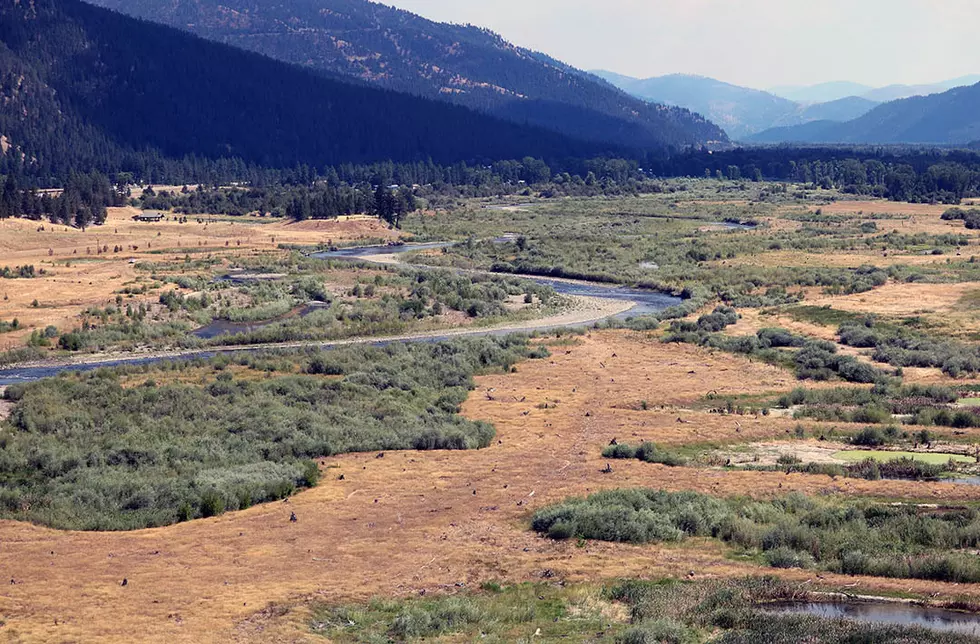
Mitigation funds for Milltown dam could lead to display of historic artifacts
Funding earmarked for the interpretation of artifacts recovered during the removal of the Milltown dam has sat unused for a decade, as questions lingered over the development of Milltown State Park.
But now that the park is open, Missoula County may take a second look at tapping the account to display and interpret “some cool old stuff,” that being powerhouse artifacts associated with the former structure.
With interest, the historic mitigation account now holds roughly $108,000.
“We've done nothing with those funds for what seems like 10 years or more,” said Ellen Leahy, director of the City-County Health Department.
“Their purpose was to recognize and deal with the fact that by changing that area – cleaning it up and creating the confluence again by removing the dam and powerhouse – that there would be some history we'd want to preserve.”
The majority of the funding was provided to the county by the EPA, Arco and NorthWestern Energy after the dam's removal. The county appointed the Milltown Redevelopment Working Group in 2003 to advise commissioners on ways to expend the funds.
The group drafted its recommendations in 2013 and presented them to the county. At the time, however, Milltown State Park was still years away. As a result, the group's recommendations sat on the shelf, waiting to see if the park would ever become a reality.
“The funding has been sitting there for the most part,” said Chet Crowser, director of Community and Planning Services at the county. “The biggest holdup was getting the park open to the public and getting it developed to the point where this could become a priority for the park staff there.”
After years of remediation, cleanup and earthwork, the park opened to the public in 2018. The county will now consider moving forward with the recommendations offered by the working group nearly eight years ago.
The recommendations include spending roughly half of the mitigation funds to select essential artifacts, and renovating a shed located at the state park for their future display. They also suggest that the State Historical Preservation Office be consulted in the process.
Mike Kustudia, manager of Milltown State Park, said other options are now on the table.
“(The shed) is packed to the rafters, and it's cool old stuff,” he said. “Initially, it was saved at the request of the working group. We thought there might be a visitor center built into the confluence. That has sort of fallen out of the mix. But now we're revisiting it and looking at more modestly priced ways of interpreting those exhibits.”
The dam was located seven miles east of Missoula at the confluence of the Blackfoot and Clark Fork rivers. Copper baron William Clark built the dam in 1908 to power the nearby sawmills in Bonner.
The working group's recommendations suggested that any artifacts deemed unessential for display be loaned or sold to the appropriate entity. If any of the artifacts are sold, funds should be returned to the Milltown Historic Mitigation Trust.
On Tuesday, the City-County Health Department said the county's Community and Planning Services will take over administration of the funds and appoint an advisory committee to review the next course of action.
“They'll start with that history and move forward,” said Leahy.
Conceptual designs were prepared in 2013 for the artifacts' interpretive display. A team of designers and stakeholders reviewed the artifacts, along with the shed, and arrived at ways to “appropriately and economically” convert the building into an interpretive facility.
But the building may be better suited for actual storage than an historic interpretation, and efforts to display the artifacts in a proper setting may be rekindled when the county takes up the issue in the weeks ahead.
Kustudia has been in contact with 100 Fold Studio, a nonprofit architecture firm based in Lakeside, about conceptual plans for display.
“We just had a call with them yesterday,” he said. “They're very excited to conceptualize and draw up some pretty pictures for a ranger station and classroom that would have these exhibits interpreted and displayed.”
Commissioners are expected to discuss the issue further in early January.
